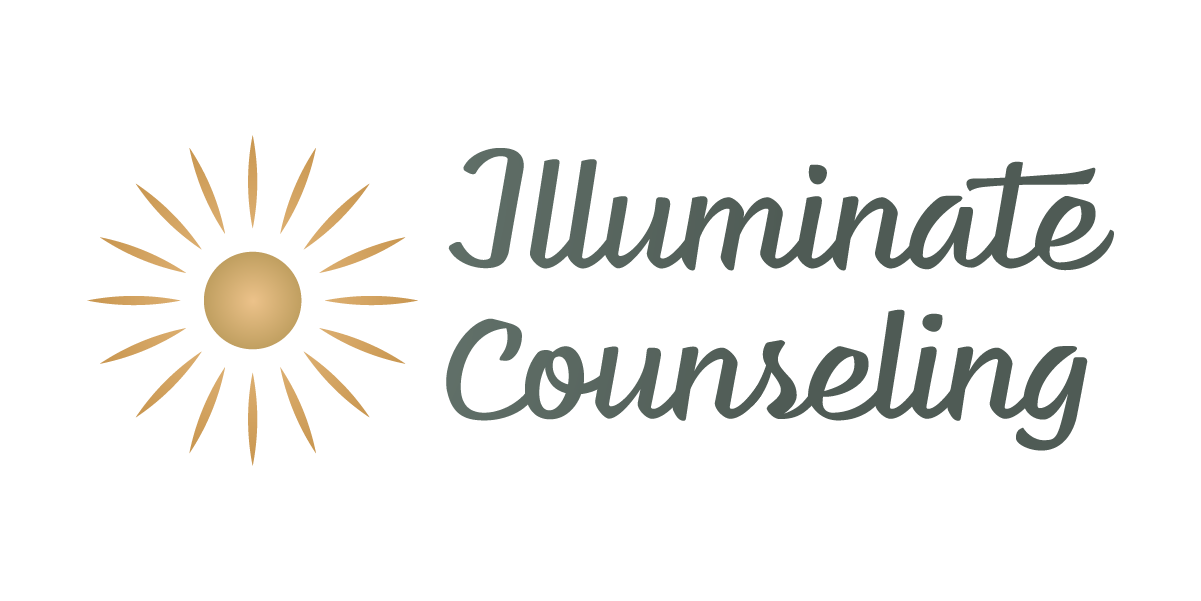The Power of Pausing
As I continue to read Richard Rudd’s The Art of Contemplation I’m continually reminded of something that has been heavily present in my life the past several years. The power of pausing.
I didn’t grow up consciously pausing and I carried a hurried, full pace of life through my mid-twenties. Our culture supports fullness and striving and continually puts things in front of us that makes pausing increasingly difficult.
But, as Richard Rudd talks about in his book, pausing is vitally necessary for us.
As a person who values both art and science, I enjoy leaning into the creativity that can come from finding ways that pausing makes sense to us individually. It’s not synonymous with stopping. Pausing can be done amid much movement like running or doing errands. And what pausing entails can look different from person to person. Maybe it’s a body scan or a mindfulness check-in. There is no one standard way to engage in pausing.
I also appreciate that science supports the art of pausing as well. As intangible as emotions and our narratives are, they can have tangible effects on our bodies. While there are certainly physical ailments that aren’t due to unprocessed emotions and narratives, there are times when common aches and pains within our bodies can be dealt with by facing emotions and narratives we have long since avoided. Intangible emotions can eventually be stored and built up to cause tangible, physical effects.
Pausing helps avoid this build-up. It helps ensure we are doing check-ins that allow our full selves to be seen. Nothing gets stored up and nothing needs to try to amplify to get our attention.
Richard Rudd breaks down pausing in a way I hadn’t seen before and I found it very helpful. In our pausing, he says it is helpful to check in with our physical body, emotional well-being, and our mental state. When I’ve talked about pausing in the past I’ve often used the term mindfulness. And various mindfulness practices I’ve discussed are body awareness, deep breathing, and noticing. These are all helpful tools to use while engaging in pausing, but I appreciated the way Richard Rudd helped make an abstract concept a bit more tangible.
Our body’s natural rhythms were meant to have more pausing than our culture supports. Our nervous systems are still engaging from a place of a slower lifestyle and fewer distractions. I’m not saying we need to stop doing what we are doing and throw all technology and busyness out the window. But, I am saying some of the ailments many of us face are because we don’t do enough check-ins with ourselves. We numb, distract, and only pay attention when our body makes it unavoidable to do so.
So, whenever it crosses your mind, whether driving around, out on a run, or between meetings at work, engage in a pause when you feel the tug too. Turn inwards and check in with yourself. How is your physical body feeling? How are you doing emotionally? How is your mental state? Answer these questions gently and non-judgementally. This awareness may not feel like much, but it is often enough to help you regain control over how you are feeling in these areas and begin to have a bit more say in the direction you are headed.



